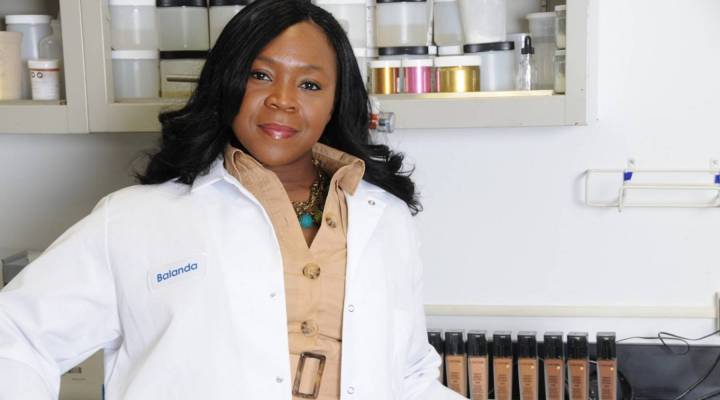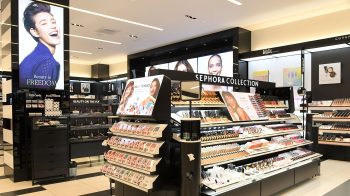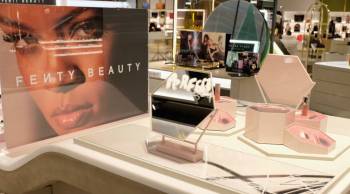
How to be a cosmetic scientist

Everyone has a dream job growing up: doctor, vet, ice cream taste tester. But how do you actually get the gig? Marketplace is looking into how with the occasional series “How to Be A …“
Makeup isn’t just about beauty. It’s also about science. Creating the right shade of red lipstick or pink blush takes meticulous research, an understanding of different skin tones, and a background in science.
Enter cosmetic scientists. Balanda Atis, who works for L’Oréal USA as the director of face development and multicultural beauty, is responsible for developing the right formulation for your skin. She explains how she got to where she is now and what she’s been able to accomplish on the job.
Science is in everything that we do — whether it’s the food that we eat, the makeup we put on, or the shoes that we wear. Everything is [in], some form or fashion, related back to science.
I got started as a cosmetic chemist almost by chance, you would say. I really had desires and ambitions on being a forensic pathologist for the FBI. When that didn’t work out due to both of my knees needing to be reconstructed, I quickly had to find an alternative career. And as I was searching, I was very fortunate to come across the cosmetic science industry.
Foundation offerings for women of color for many years was very challenged. Women weren’t able to find the best shade for them, because the shades were either too ashy, too red, too orange, or didn’t cover a large segment of the population. As a woman of color myself, I experienced this growing up, which was one of the reasons when I had the opportunity to hone in and try to find a solution, I jumped on it.
In order to become a cosmetic scientist, there is education that is required where you learn the basics of science. Cosmetic science is a very specific field. So there’s specific types of science that you need to learn sometimes related to polymers, sometimes related to physio-chemicals, microbiology, toxicology. There are tons of fields within science that can relate back to cosmetics.
Several years ago, myself and two scientists were able to travel around the country to understand the colors that make up skin. That particular research led us to find and led us to better understand the use of ultramarine blue. Ultramarine blue is a colorant, when used appropriately, allows for you to develop more clean, more vibrant, more natural looking shades for people of diverse skin tones.
Women recognize the work that it takes in order to be able to create products, and when they find something that finally works for them, they’re excited. They absolutely love what it is that you were able to accomplish for them.

A view of the colorant ultramarine blue.
This post was updated at 6 p.m. EST to reflect internal changes at L’Oréal USA.
There’s a lot happening in the world. Through it all, Marketplace is here for you.
You rely on Marketplace to break down the world’s events and tell you how it affects you in a fact-based, approachable way. We rely on your financial support to keep making that possible.
Your donation today powers the independent journalism that you rely on. For just $5/month, you can help sustain Marketplace so we can keep reporting on the things that matter to you.


















